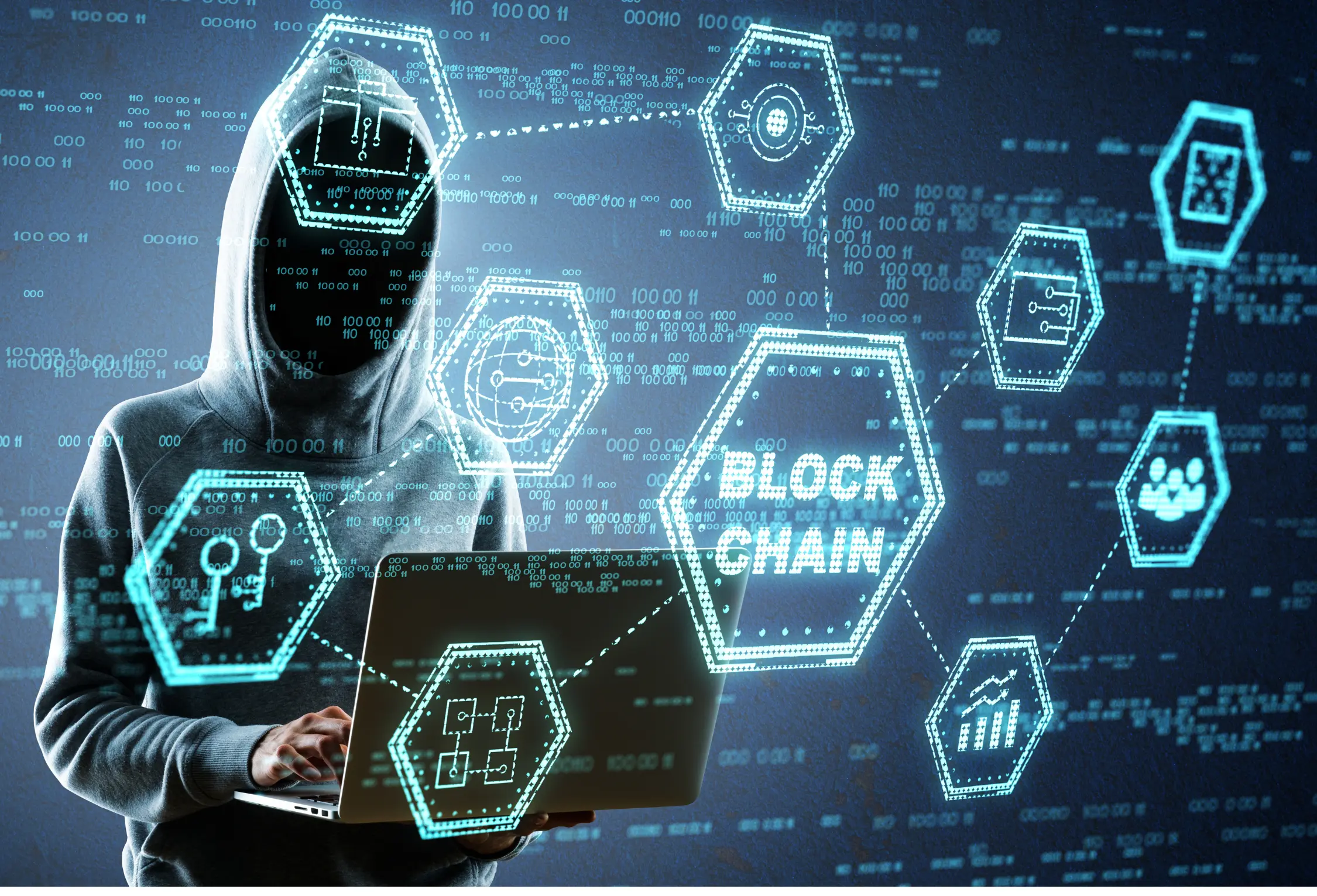The advertising industry has long been dominated by the traditionally hierarchical “star creative director” model. But for Wavemaker’s UK leadership team, that top-down approach was holding them back from unlocking their full potential.
Katie Lee and Kelly Parker knew their roles as COO and CEO demanded a radically different leadership mentality – one rooted in collaboration, diversity of thought, and harnessing their complementary strengths.
Eschewing business as usual, they embarked on an unorthodox “dual leadership” experiment that would reshape Wavemaker’s culture from the top down.
The Company
Wavemaker is a global media agency under the WPP network. With over 8,500 employees across 88 countries, they provide world-class media strategy, investment, systems integration, and technology solutions.
Though a Titan in the industry, like many traditional agencies they were being disrupted by new data-driven competitors, pricing pressures, and rapidly evolving consumer behaviors.
To maintain its market leadership, Wavemaker is committed to transforming into a truly integrated and future-focused “next generation” agency.
Katie Lee and Kelly Parker were appointed COO and CEO of Wavemaker UK in 2021 to catalyze this change. The pair had complementary backgrounds, with Lee’s expertise in operations and finance and Parker’s in client services and business strategy.
Their unique proposition: a pioneering “dual leadership” model that would eschew convention in favor of collaboration and diversity.
Defining the Core Issue
The fundamental challenge Lee and Parker faced was how to evolve Wavemaker’s top-down “visionary genius” leadership structure into a truly integrated, agile model that empowered people across the entire organization.
Too often, legacy agencies were hindered by silos, ego-driven decision-making, and an inability to pivot quickly amidst industry disruption.
As Parker explains, “Legacy organizational structures and leadership models were no longer working for the current or future needs of talent or clients.
And what was clear to us was that hierarchical command and control of one person at the top could not be the future of agency leadership.”
Lee reinforces this sentiment: “It’s simply not how people want to be led anymore, and it’s certainly not our natural style.
With so much complexity in the marketing ecosystem, leadership can’t just come from one brilliant mind at the top issuing orders. We needed a model that brought different perspectives, skills, and decision-making styles together.”
Another major factor driving their pivot to dual leadership?
The rise of remote and hybrid work models accelerated by the pandemic. With team collaboration now occurring more fluidly across time zones and virtual environments, conventional top-down leadership was less sustainable.
“Our talent was operating in a fundamentally different way,” says Parker. “So our leadership approach had to evolve to meet their needs and working styles too. Hierarchy and rigidity had to give way to shared ownership, trust, and adaptability.”
The Pivot
Rather than reverting to the traditional “two CEOs” or other joint leadership titles, Lee and Parker adopted a purposefully distinct “dual leadership” model.
As Parker describes it:
“We chose to lean in and adopt a dual leadership approach, but not in the traditional way of joint CEO or similar matching titles, because we knew success would be about dual leadership, not joint responsibility. There needs to be someone with the final say and with whom the buck stops.”
Their dual leadership approach centered on three core principles:
Complementary Decision-Making With their diverse backgrounds and leadership styles, Lee and Parker make decisions through a collaborative process that melds their contrasting perspectives and strengths. As opposites in many ways, they can comprehensively weigh all angles before concluding.
Leveraged Emotional Intelligence The duo actively leverages their different emotional makeups as well. When one is running high on energy and enthusiasm, the other can balance that intensity with more reserve and levelheadedness.
As Parker puts it, “We know one another well enough to instantly recognize who’s the drain and who’s the radiator each day — and we use that to our advantage.”
Empowered Team Leadership Perhaps most critically, Lee and Parker don’t just collaborate at the top. They actively work to empower their entire workforce to step up as leaders themselves through greater autonomy, responsibility, and accountability.
“The magic happens when we can combine our different decision-making approaches and emotional dynamics with the diverse talents of our team,” explains Lee. “That’s when we start seeing the innovative ideas and committed execution that drives real business impact.”
The Outcomes of Dual Leadership
Since adopting its dual leadership approach in 2021, Wavemaker UK has seen a clear resurgence, reclaiming its market leadership through multiple high-profile clients wins. Their revenue growth and profitability metrics have steadily risen year over year.
But beyond just financial performance, Wavemaker’s transformation to a more collaborative, decentralized leadership model has reenergized its organizational culture and talent development efforts.
The agency’s culture of inclusive leadership and empowered teamwork has improved employee engagement and retention rates amidst the industry’s intense talent wars. It has also sparked a more entrepreneurial and innovative environment, as people feel safe to voice ideas and take calculated risks.
Key Learnings of the Dual Leadership Model
Lee and Parker’s pioneering dual leadership approach offers several key learnings for organizations looking to become more resilient, innovative and collaborative:
- Balance is key – Leverage diverse leadership styles and perspectives through healthy debate
- Emotional intelligence drives cohesion – Understand each other’s motivations and bring complementary energy
- Empower from the top – Provide air cover for teams to take ownership and execute
- Prioritize trust and communication – Create an open environment where feedback flows fluidly
- Stay adaptable – Continually optimize working rhythms aligned to dynamic internal/external contexts
As Parker concludes: “There are lots of different types of leadership out there, but there’s magic and fearlessness as a duo. Like any relationship, it needs to be nurtured to be effective. It’s not easy, but it’s worth it.”





